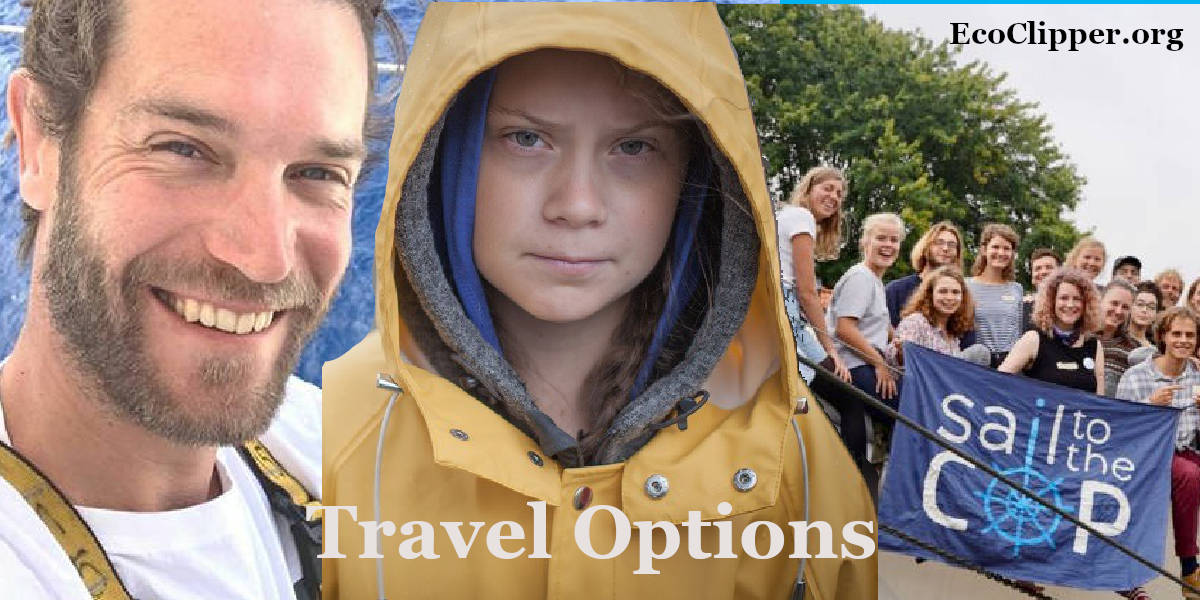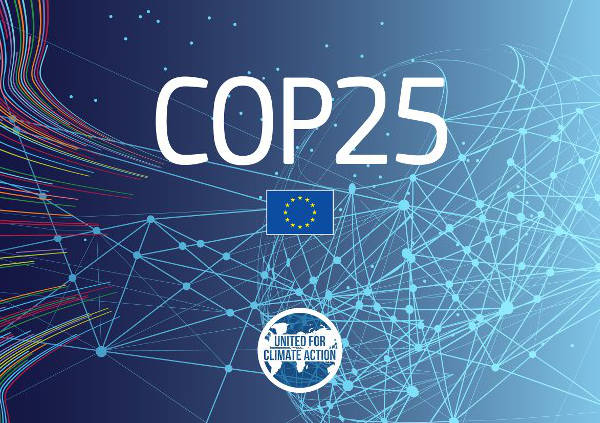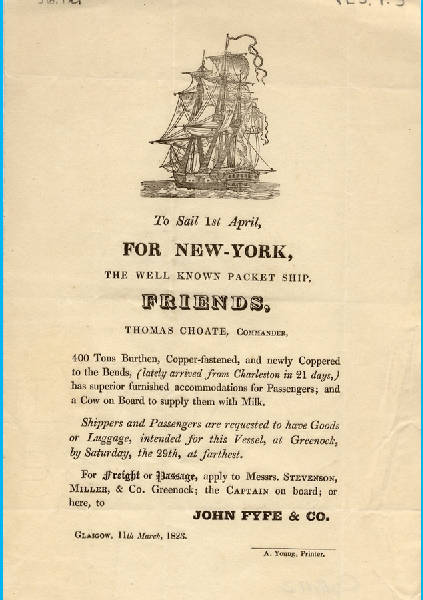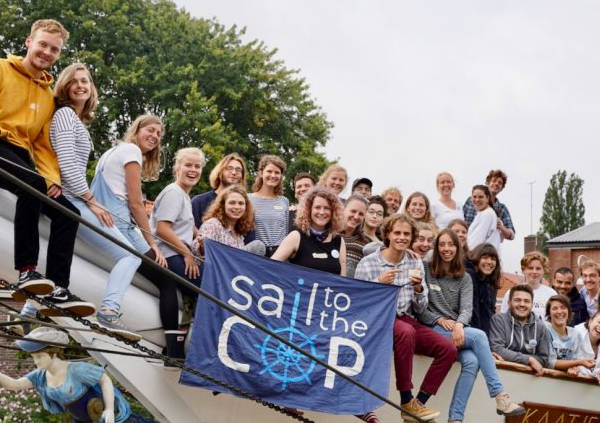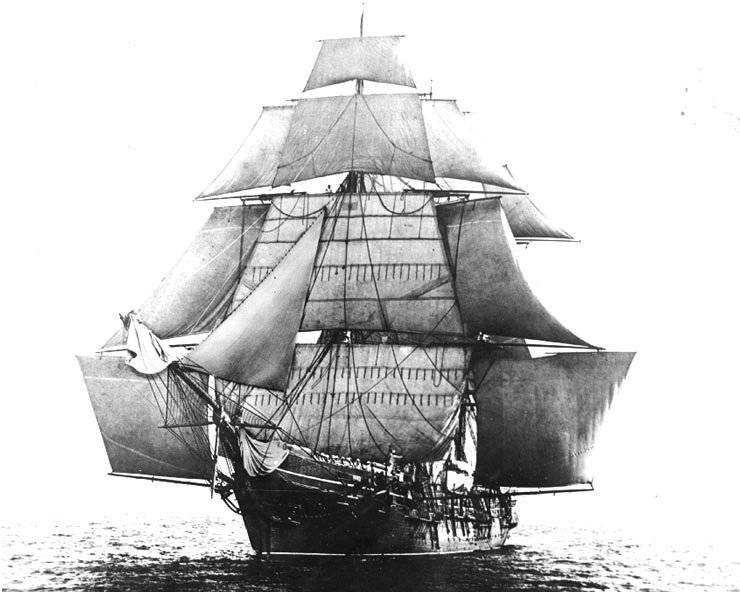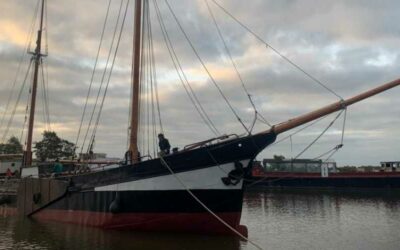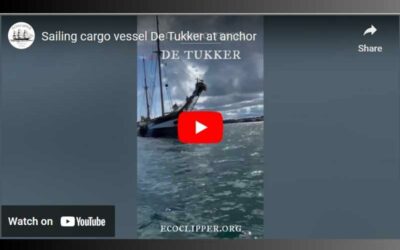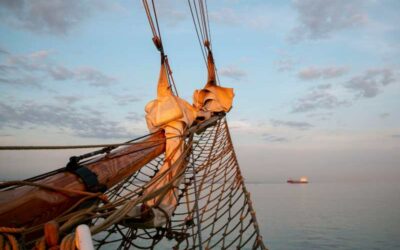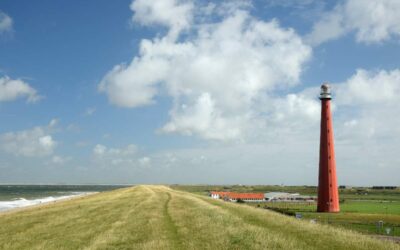With the announcement that the COP25 will be relocated from Chile to Spain, our EcoClipper office is being overwhelmed with inquiries by activists, policy makers and scientists. The most frequently asked is a very interesting question indeed: is there a possibility to cross the Atlantic Ocean emission-free to be able to attend the conference in Spain?
Cop25 – link
To answer this let’s first address what COP25 is all about and why it is so important. The COP is the United Nations sponsored “Conference of the Parties” on climate change, a conference held every year since 1995, hosted by a different nation each year.
This year marks the 25th such conference, originally scheduled to take place in Brazil, later moved to Chile. The UN will be calling for governments to commit to net-zero greenhouse gas emissions by 2050, ban new coal power plants by 2020, and end fossil-fuel subsidies.
Net zero is defined as achieving an overall balance between carbon build-up in the atmosphere produced by burning fossil-fuels and carbon emission removal or off-setting, for example by planting trees. A critical sector of post-industrial civilisation that needs to be re-evaluated will be transportation.
On October 30 th it was announced by the Chilean President the decision to cancel the COP25 following social unrest in his country. Protests were sparked by a rise in fares for Public Transit in Santiago. A day after the announcement, the Spanish prime minister Pedro Sánchez offered to host the conference in Madrid with the 2 nd -13 th December dates still in effect.
This change in venue effects the travel itineraries of a host of people planning to attend this summit, some of them attempting to travel with as little environmental impact as possible. So, what options do they have? We will analyse how Transoceanic travel was done in the past, and how that can inspire current and future transportation models.
History of the Trans Atlantic Packet
The first scheduled trans-Atlantic service was founded in 1817. In operation for some 60 years, it took its name from its flag, a black ball on a red background. The vessels of the Black Ball Line were capable of stowing mail, newspapers and passengers . They started with four vessels between Liverpool and New York, probably on monthly departures and later on, when the fleet grew, weekly departures could be offered. This was just one company of many offering services between Europe and America. Before this scheduled and regular service, an individual or family could book passage on a packet ship but would potentially have to wait until the ship was fully booked before departing.
With the introduction of steam, and governments subsidizing this new innovation for the mail service, the sailing packet ships lines dwindled and eventually disappeared. Although for many years after, ship- owners and passengers favoured the true sailing vessel for its seakeeping capabilities in harsh weather compared to the rolling and pitching “steam kettles”. Steam was followed by ocean liners propelled by combustion engines which in turn has been replaced by the aviation industry. The rest of the story we know.
Current options
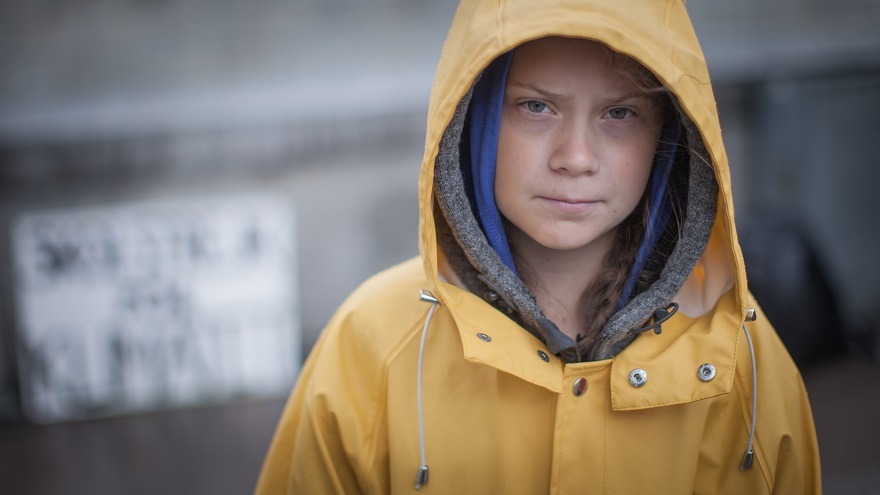
Photo: Anders Hellberg – link
Earlier this year Greta Thunberg put traveling by sailing ship in the spotlight when she sailed across the Atlantic Ocean from Europe to North America. Her decision to travel by sail practically reintroduced this option to the world and clearly demonstrated that intercontinental travel can be achieved without producing emissions. Her journey also opened a wider debate about the feasibility of large-scale transport by sailing ship and brought an awareness to a new condition:
“flight shame”.
Image: (C) James Lavelle – link
The great one-man act of filmmaker, adventurer and presenter James Levelle. For years he has been inspiring school kids with his stories about nature and humanity. His current project is called “Race for future” described in his own words:
“this is not just a race to save the planet, this is a race to save the future of humanity.”
He started his voyage to Chile earlier this year by bicycling from the UK to Portugal. From there he signed on to the sailing vessel Europa, to cross the ocean as sustainable as possible to South America, where he would continue for Chile.
Another example is “The Sail to the COP” group, a dedicated international team of young people determined to take a sailing ship across the Atlantic to South America. They are stating on their website:
“Our main reason for going is that we are very worried about the emissions of aviation – that is why we will not travel by plane but by sailing ship.”
We can assume there are many more likeminded individuals who would gladly trade their seat on a passenger jet for a berth on a ship if it meant a cleaner however much longer trip.
Image: (C) Sail to the cop – link
Tres Hombres
Image: Fairtransport- link
Last but not least, there is the entire sail cargo movement, working already for years to bring emission free transport under the public attention.
These are the brigantine Tres Hombres and the schooners Avontuur and Gallant.
Furthermore, two other brigantines are being fitted out as we speak; One the Brigantes in Italy, and another one the Zeehaan in the Netherlands, their schedules yet-to-be-announced.
What options are left for the environmentally cautious traveller to COP25 in spain?
Not many. Basically, one can charter, buy or hitch a ride on a sailing vessel and take matters in one’s own hands.
A future of sustainable travel
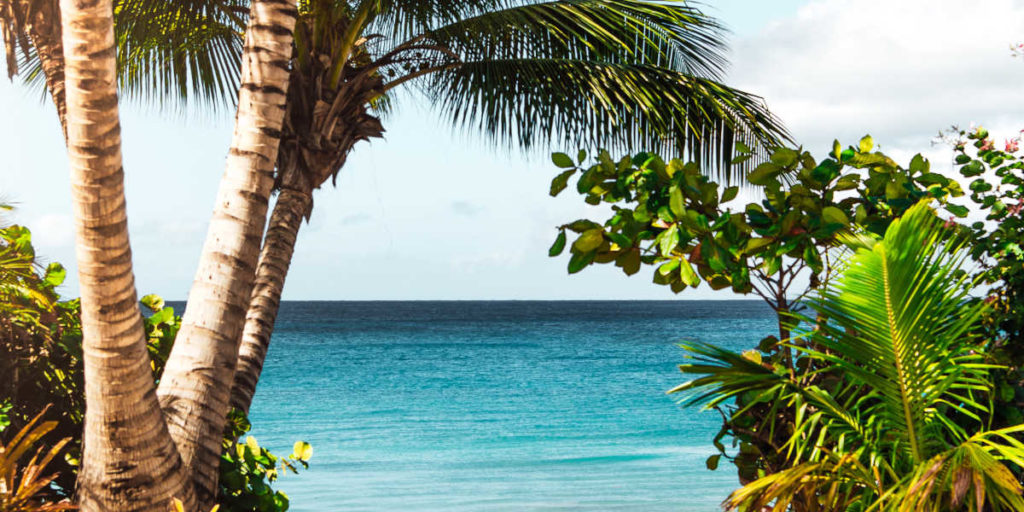
Currently there are many high-tech innovations, electrical propulsion, bio fuels, hydrogen and others, in various states of readiness for market. For long-distance travel we have to look towards our seas. And there is one option which has been proven year after year, for thousands of years, and very low tech. And you can guess it already, the humble and beautiful sailing vessel.
At EcoClipper we are working hard to design, finance, build and operate a fleet of emission free sailing cargo vessels capable of offering berths to conscientious travellers. We analysed three shipping routes: the Atlantic, the Pacific and, to connect the other routes, the Global route. On each route we will need a fleet of vessels, to offer frequent passages. Other routes need to be developed, other shipping companies established and many, many ships launched.
In two-years we hope to serve at least some of the travellers which are bound for the climate conferences to follow, with carbon free travel.

Thanks for signing on,
Following seas and royals all the way!
Captain Jorne Langelaan
